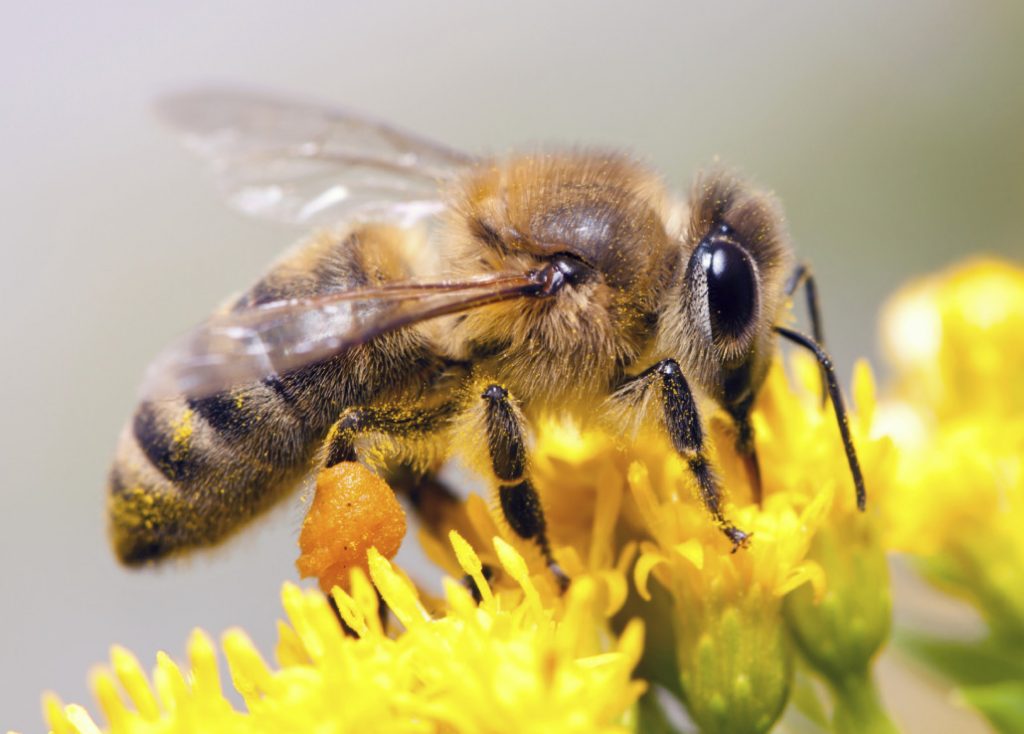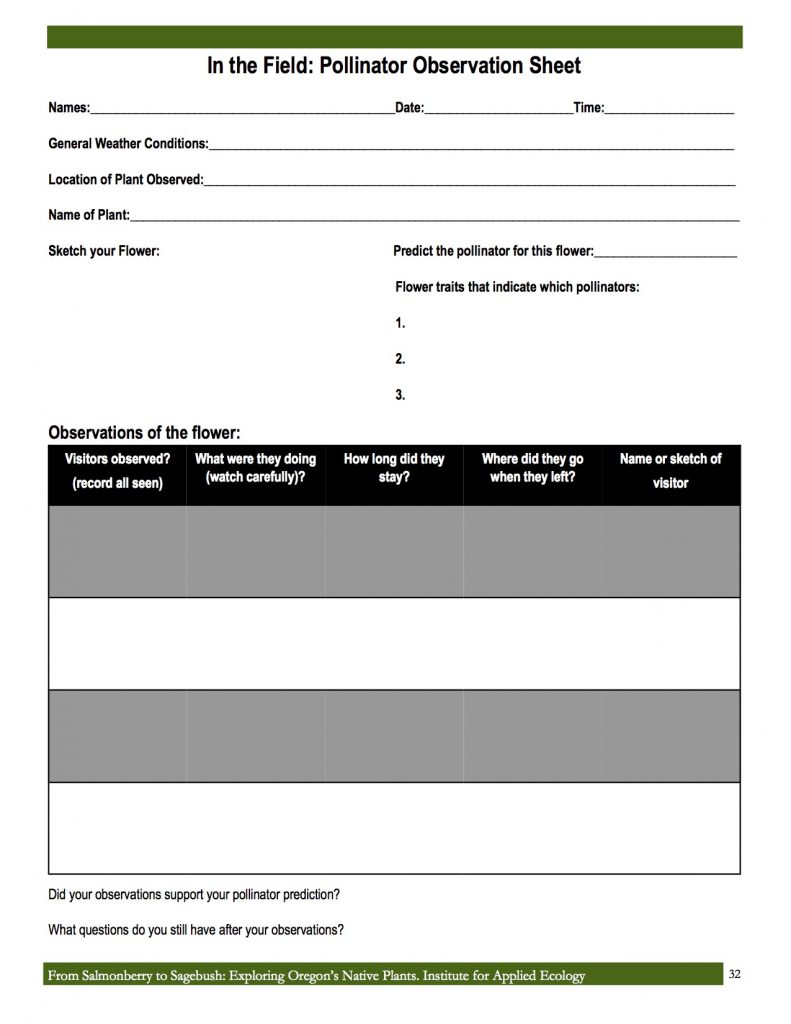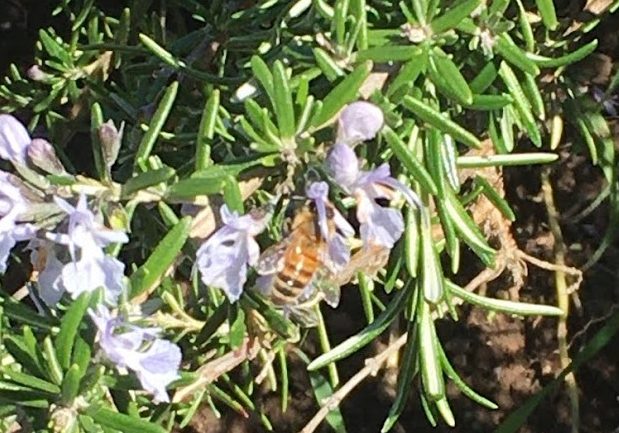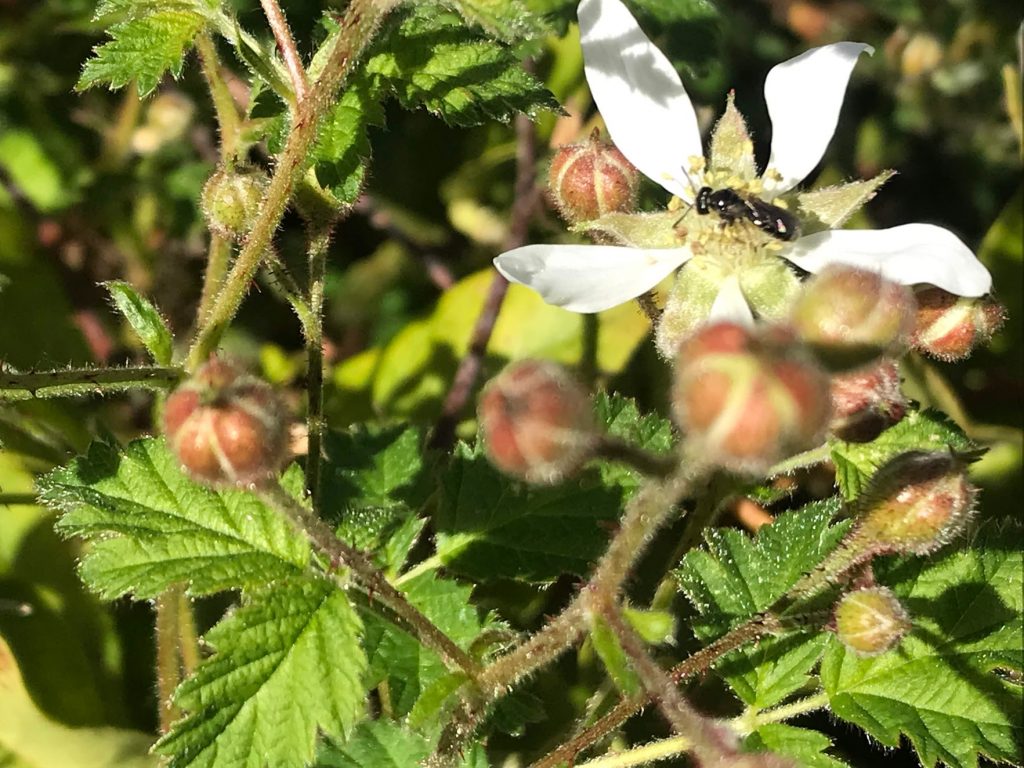Submitted by South Sound GREEN
In the face of COVID-19 and recent stay at home order, parents and guardians may find themselves looking for activities that not only keep students engaged, but also provide information about local environmental science and concerns. In our South Sound GREEN Home Based Science Project series, we will introduce and demonstrate various hands-on and at-home activities for children of all ages to do either indoors or outside!
This time we are going to survey pollinators!
Spot the Pollinator
(Adapted from Pollinators in the Pacific Northwest)
Grade Level: 4th-6th grade
Materials
- Pen and paper (or copy of Pollinator Data Sheet)
- Magnifying glass/binoculars (optional)
Background
In our earlier Pollen, Pollen Everywhere activity, we talked about how pollen is produced by plants and scattered by the wind, until it reaches other plants (or until it covers every surface!). Some plants have adapted to successfully pollinate, or release and distribute pollen, by simply letting its pollen go and relying on the wind to carry it to other plants. Other plants need some help with this process, and turn to animals to move their pollen around!
A pollinator is something, often an insect, which carries pollen from one flower to another.
The movement of pollen is essential for many plants to develop seeds and fruits. They help
plants reproduce and set fruits and seeds, including important foods such as apples,
strawberries and other fruits. Wild flowers also are important as they provide food for pollinating insects throughout the year.
One common pollinator in Washington are our bees! Local honey bees are one of the best organisms for pollination, and yet the bees don’t even know they’re doing it! Bees, in search of nectar and attracted by colorful flowers, land on plants and inadvertently get a lot of pollen stuck to themselves. When they land on another plant later, some of that pollen falls off, pollinating the new plant. To the bee, this is just part of the process of getting food, but to the plants, it is a necessary action that keeps the species alive and healthy. Without bees, many plants would have a difficult time reproducing – protecting our bee populations is very important!

And it’s not just bees – there are many types of pollinators flying around right now! Having a large diversity of pollinators assures that many different types of plants are pollinated. This activity is designed to look closely at the plants around us to give us a better understanding of the pollinators our landscapes support.
Procedure
- To observe pollinators, find an easily accessible area to sit. Look for an area that has a lot of different flowers, bushes and trees.
- Tip: Choose a sunny day with little wind if possible (some pollinators are not active in cool, windy weather. Since different pollinators are active at different times of day, pick a time in the middle of the day to see the most.)
- Wear comfortable clothes and avoid perfume or scented products
- Find a place to sit quietly to make your observations…don’t give yourself away!
- Create a data sheet to record your observations, or use this one:

Spend at least 10 minutes at each site, observing the insects in that space and recording your observations on your data sheet


We’ve briefly discussed the importance of bees in the ecosystem, but some people are afraid of them, often worrying about getting stung. Bees typically do not sting other animals unless they feel threatened, and you have very little to worry about if you see a bee flying around you. That being said, bee stings are certainly not comfortable, and some people are allergic to bee stings.
Worried about getting stung? Here are some tips*:
- Tell an adult immediately. Some people are allergic to stings, the symptoms include hives, nausea, dizziness and difficulty breathing. If these symptoms occur, the person needs medical attention right away.
- Identify the place where you were stung. The sting will feel a lot like a shot at the doctor’s office. The site of the sting will feel hot and it may itch. A red bump surrounded by white skin will develop around the sting.
- Remove the stinger (if still present), wash the area with soap and water and apply ice.
*Information from “Bumble Bees of the Western United States” By: Koch, Strange & Williams.
Vocabulary
- Diversity: Strictly speaking, diversity means a range of different things. In relation to pollinator diversity, this is the number of species and abundance of each species that live in a particular location.
- Pollinate: To release and distribute pollen
- Pollinator: An organism that assists in the pollination of plants
Keep Learning!
- Learn about bees and conservation practices (and record sightings) with Bumblebee Watch!
- Use Pollinators in the Pacific Northwest: a Pollinator Guide to learn more about local pollinators and try out more activities!
- Plant pollinator-friendly native trees and shrubs
- Learn more about pollinators from the Xerces Society by visiting their website or watching their YouTube channel
- Share your results with us on Instagram! Use the hashtag #GREENfromhome or find us at @southsoundgreen.
South Sound GREEN (Global Rivers Environmental Education Network) is a watershed education program in Thurston County that educates, empowers and connects thousands of local students in watershed studies annually. Through South Sound GREEN, participants engage in science and engineering practices related to water quality in South Sound. For more information, visit southsoundgreen.org.

















































